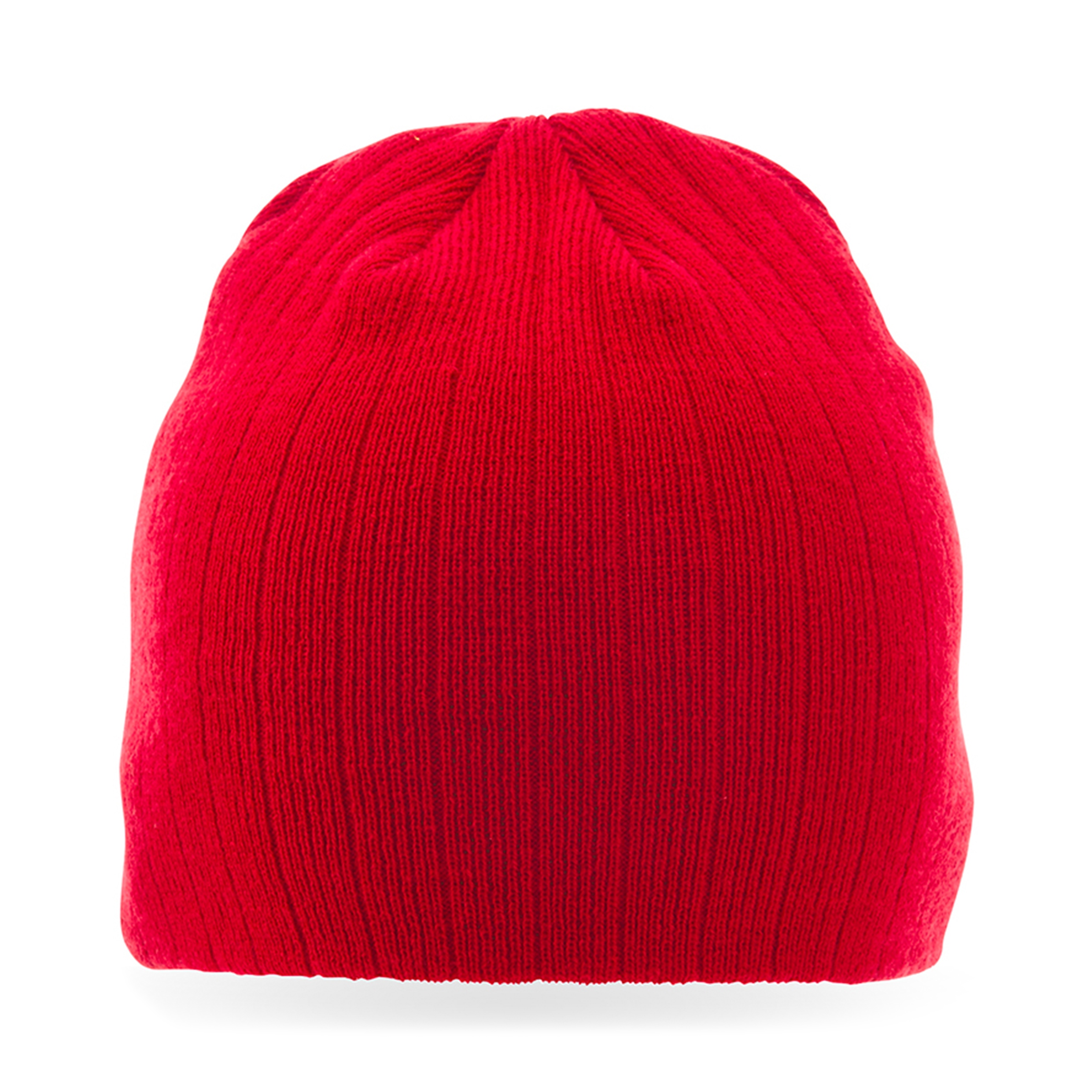Acrylic
 The synthetic fibers include all fibers that are formed chemically. These are divided into regenerated fibers and synthetic fibers. The synthetic fibers are mainly made from oil and natural gas. They are also divided into seven groups; polyamide, acrylic, polyester, chlorofibers, polypropylene, elastane and modacrylic. However, the regenerated fibers are not very strong and become weaker when wet. Therefore, we only recommend hand washing.
The synthetic fibers include all fibers that are formed chemically. These are divided into regenerated fibers and synthetic fibers. The synthetic fibers are mainly made from oil and natural gas. They are also divided into seven groups; polyamide, acrylic, polyester, chlorofibers, polypropylene, elastane and modacrylic. However, the regenerated fibers are not very strong and become weaker when wet. Therefore, we only recommend hand washing.
The properties of the synthetic fibers such as flexibility, elasticity, and tensile strength are determined in their production. The three largest fiber groups in terms of product are polyamide, polyester and acrylic. All synthetic materials are glossy but can be made matte during manufacturing. They are strong and relatively elastic, which means that they do not wrinkle easily.
Acrylic is one of the most common synthetic fibers and has been developed to resemble wool. Acrylic has a very high resistance to light and is therefore good for fabrics used outdoors.
